Last night I stood watching 60 sports cars thundering towards me at 200mph before braking for turn one at Daytona International Speedway. It was the most visceral motorsport experience I’ve ever encountered.
Lap after lap the drivers came, maintaining breathtaking speed, incredible concentration and, especially when entering turn three abreast, huge balls.
The Daytona 24 Hours is not the first sportscar race I’ve been to – far from it – but it is the one that has made me understand what endurance racing is all about. At Daytona, you feel part of the show, and you can get right up close to it. Even if you retire to the comfort of a hotel room for a few hours, you're close enough to the rawness of it all to really feel the emotions of the teams, drivers and fans.
It helps, of course, that Daytona is an iconic venue, and wherever you go around here you are reminded and taught about the history and the heritage of the place at all times.
And while that history underpins the special nature of the event, the race has everything a modern fan could want. Organisers do everything to ensure that fans come first, whether they're camping on the infield or enjoying the rarefied atmosphere of the Champions Club – which, for a reasonable daily fee, is open to anyone.
This weekend, as a regular fan, I have been closer to the drivers, the garages, the mechanics, the track – pretty much all the action – than I have experienced anywhere else. Because the race is 24 hours long, I've had the chance to watch from multiple locations, all of them offering an uninterrupted view of the action on track. I've eaten well and loved the camaraderie amongst fans – long into the Florida night – that only a 24-hour race like this can afford.
What about Le Mans, you might ask? The difference here is that you can still get up close to that fence at pretty much every vantage spot.
These emotions have caught me by surprise. Let's face it, sportscar racing is a long way short of Nascar and IndyCar in the US in both profile and audience numbers, but with the merger of Nascar's Grand-Am series and the American Le Mans series, race organiser IMSA is confident that its new Tudor United SportsCar Championship will bring the glory days back to sportscar racing in the US.

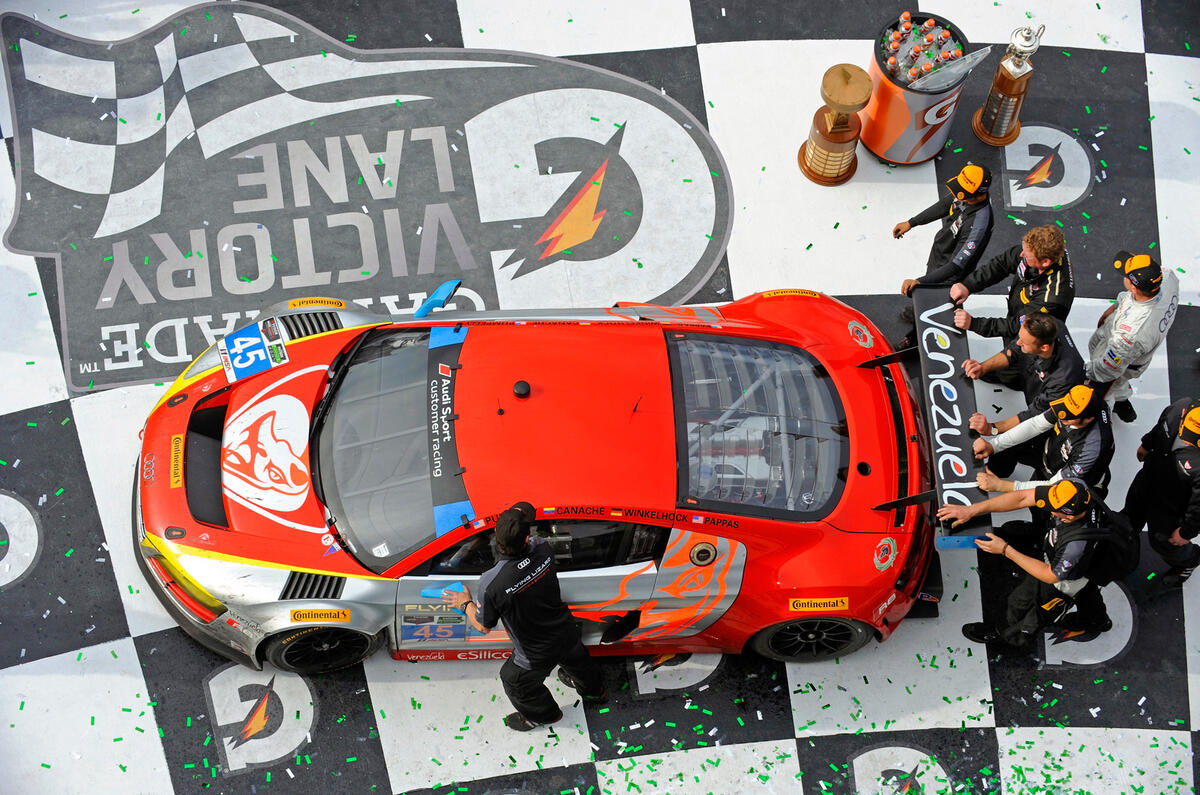
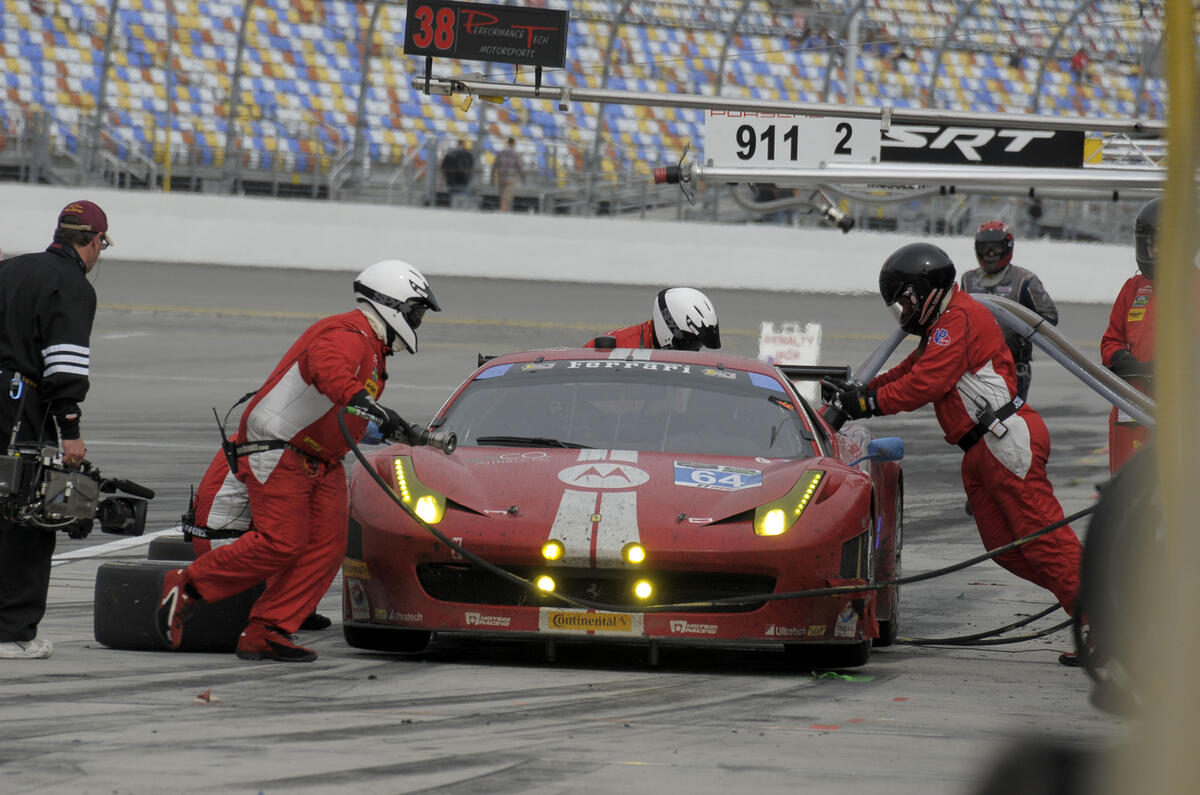
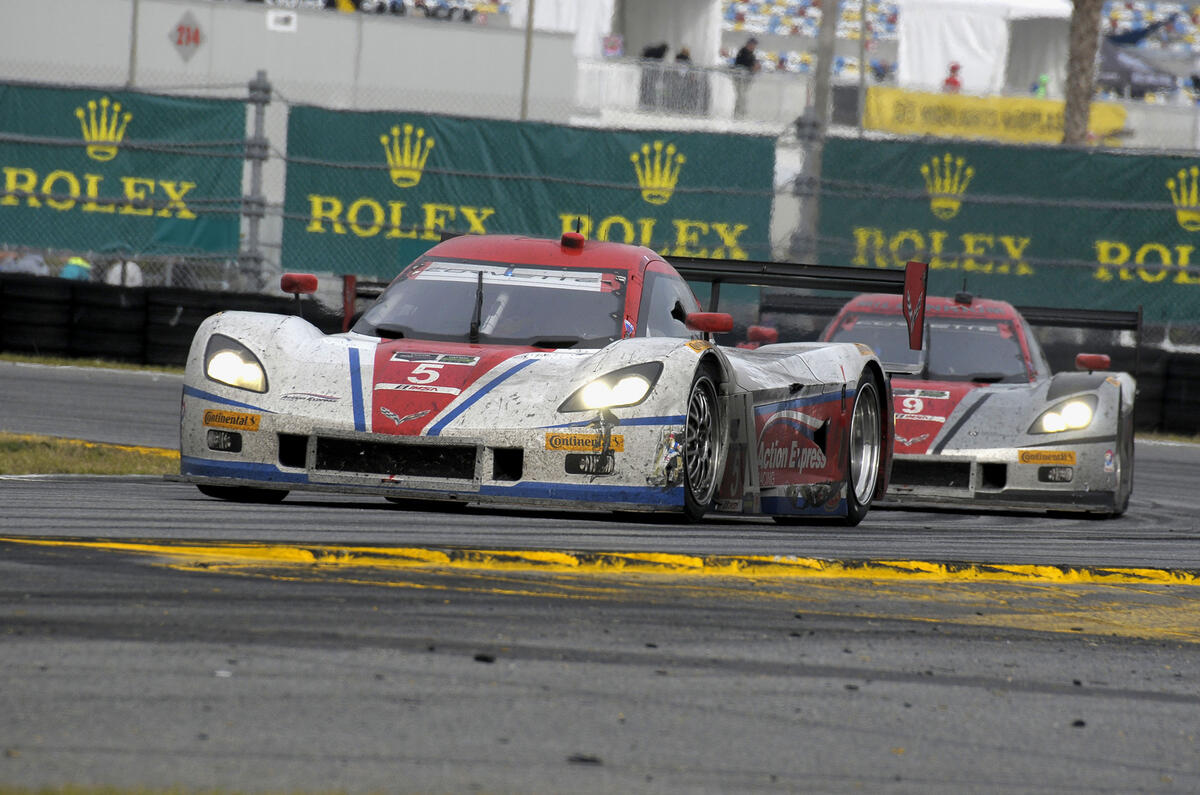
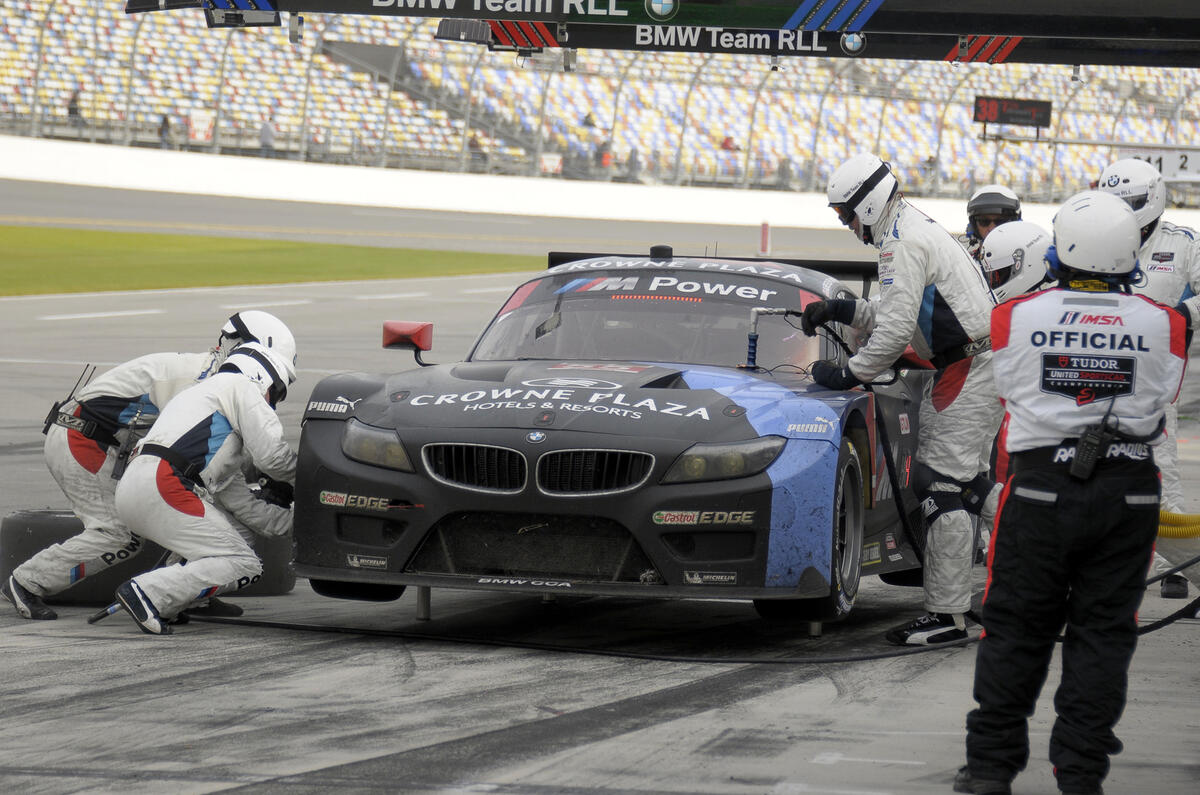
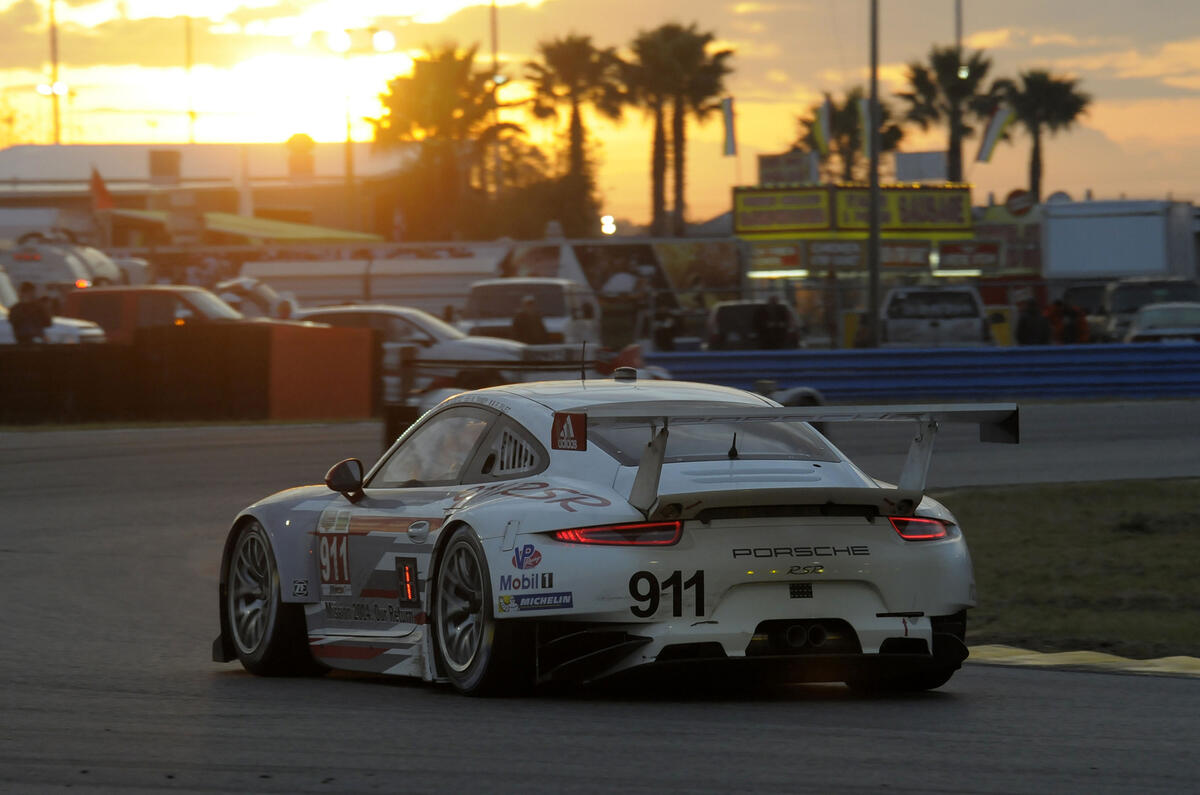
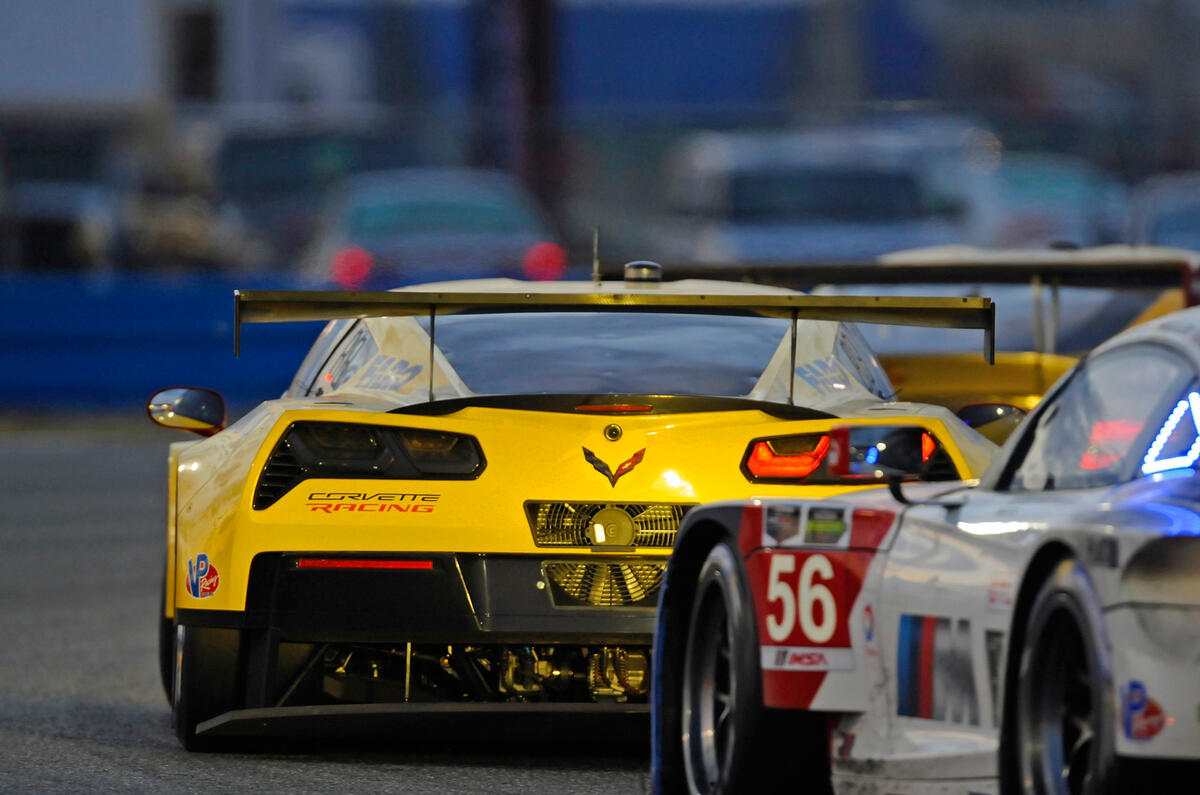
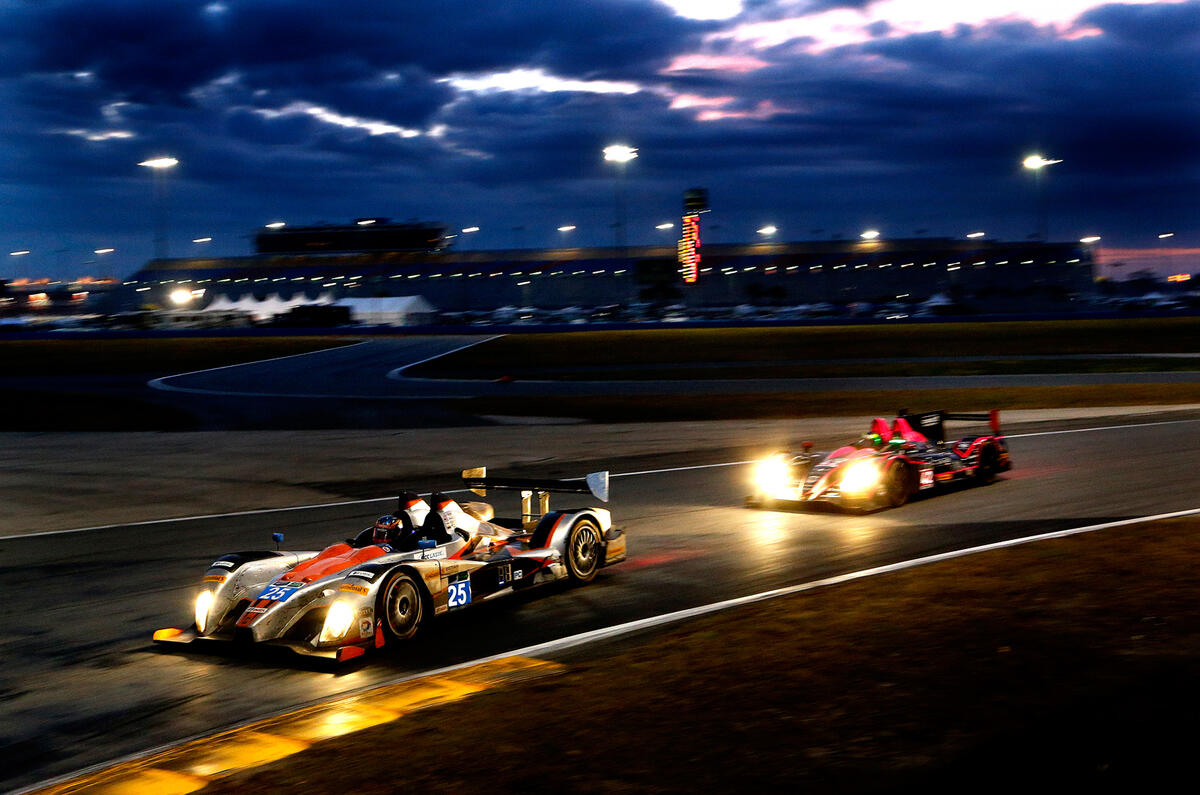
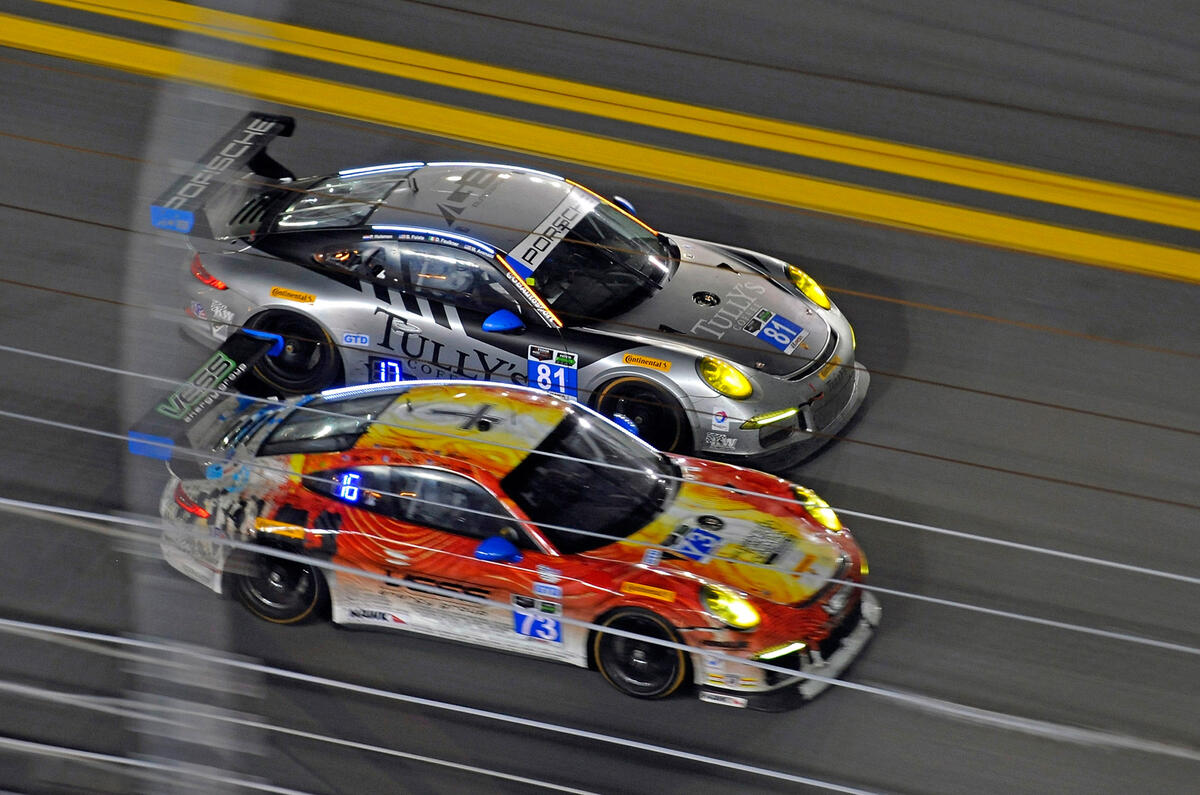
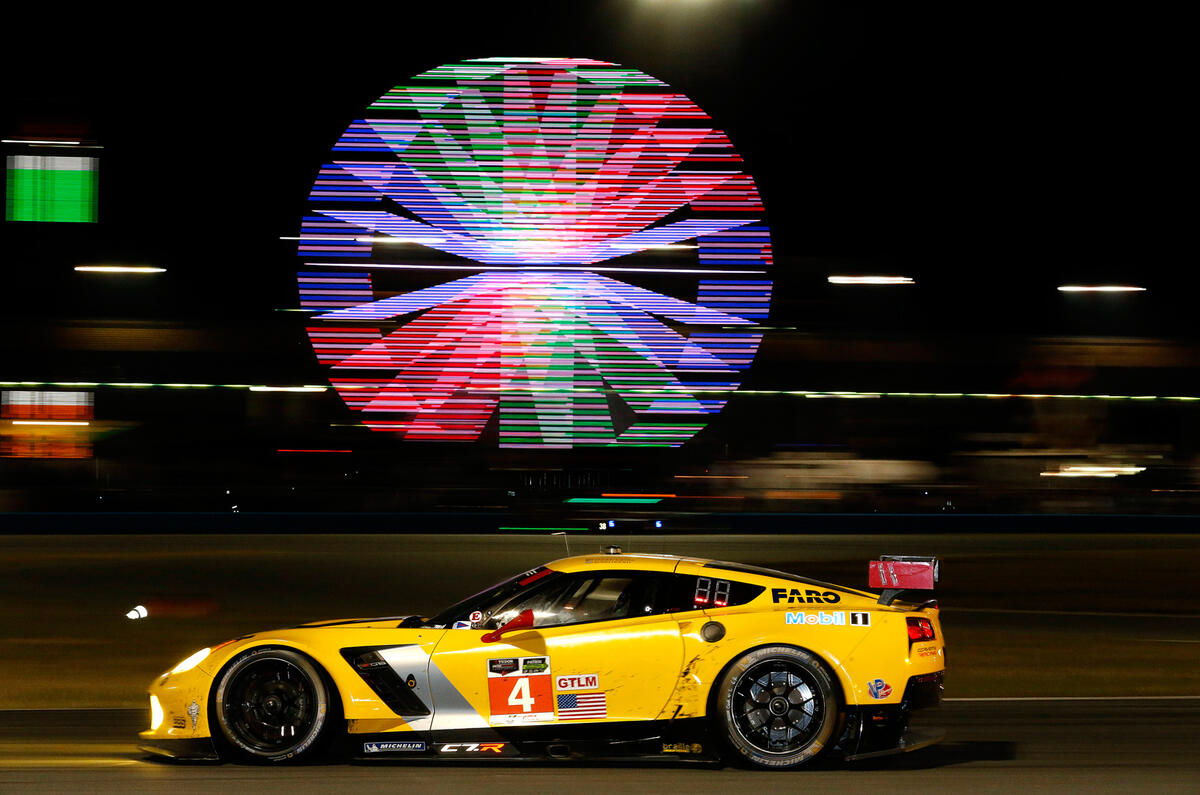

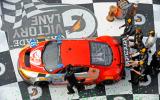
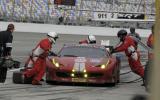
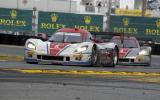
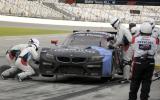




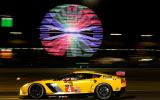



Add your comment